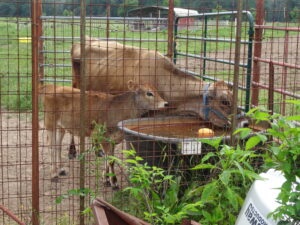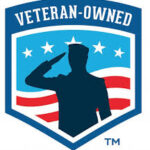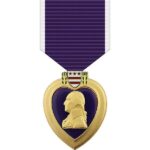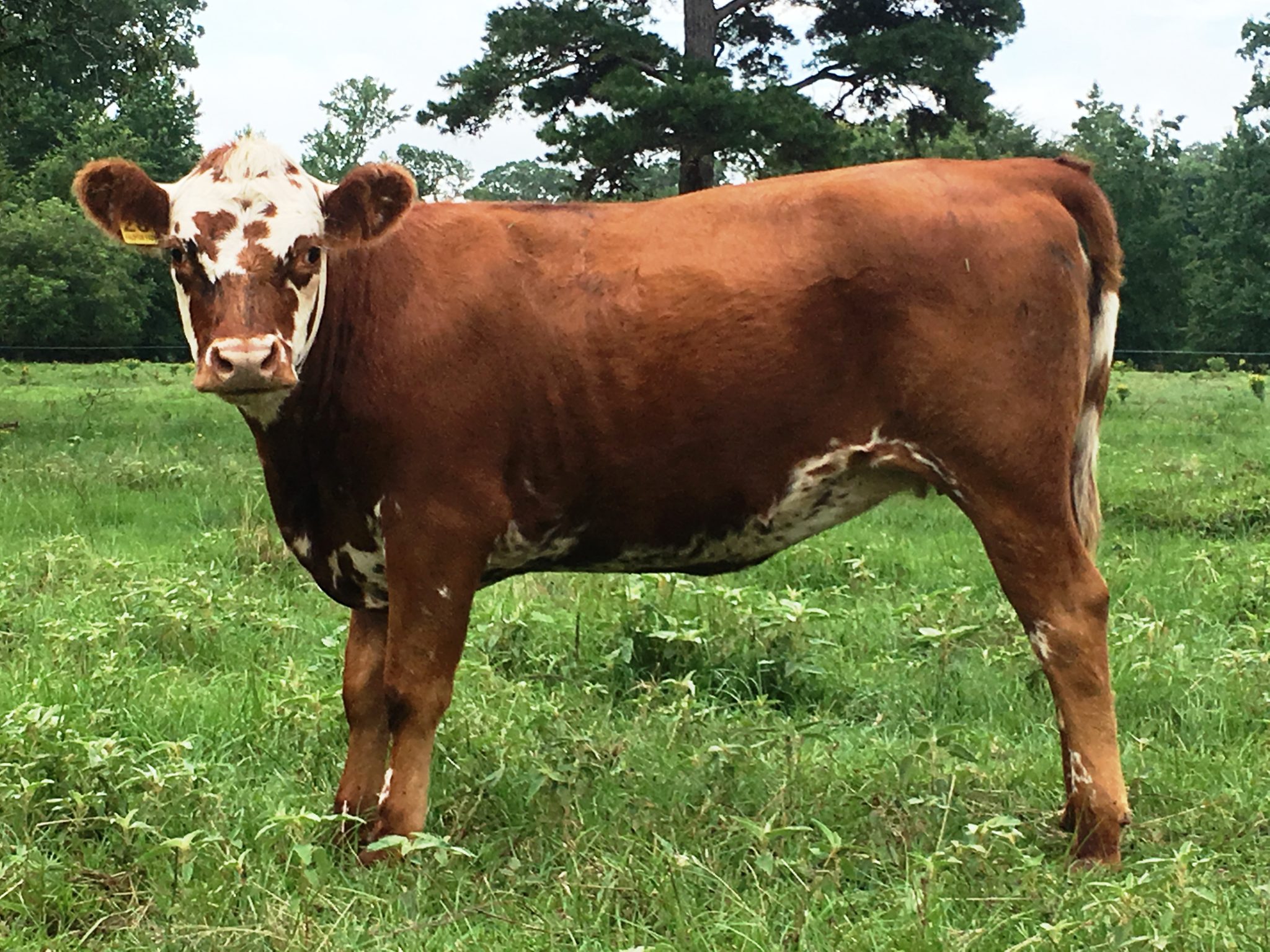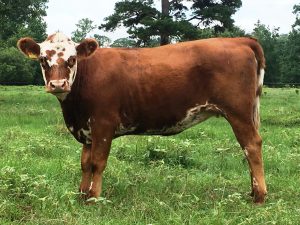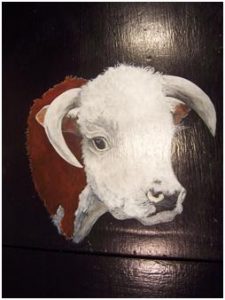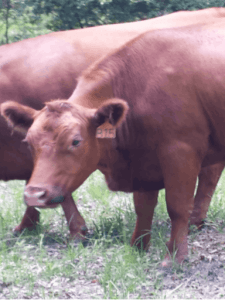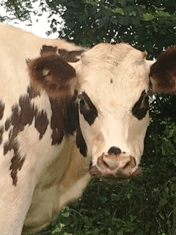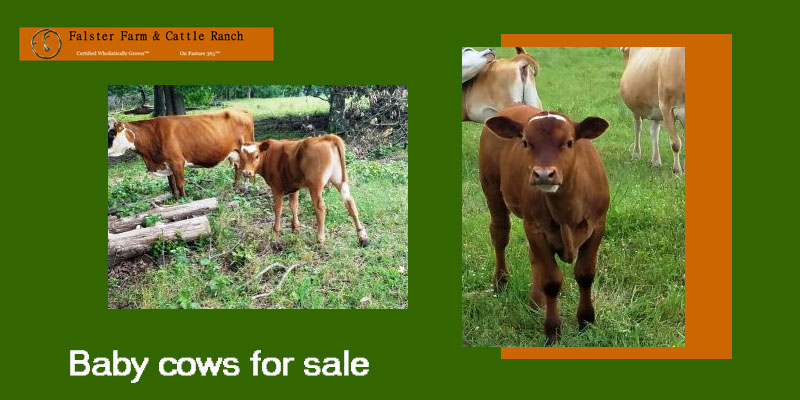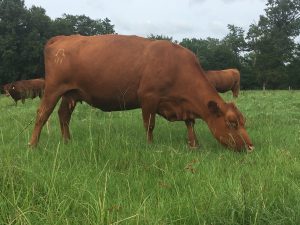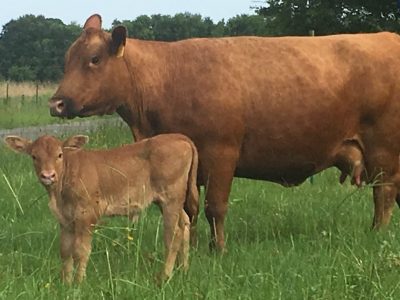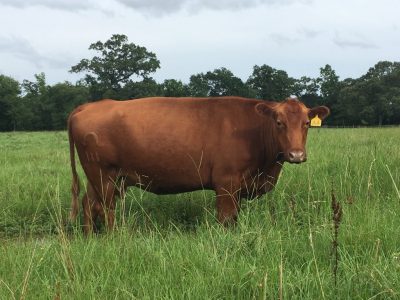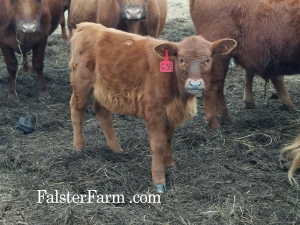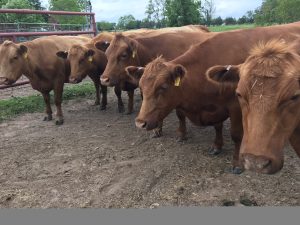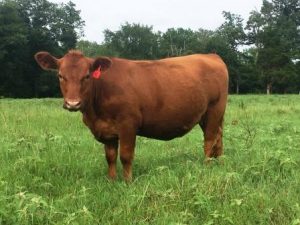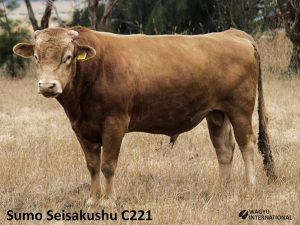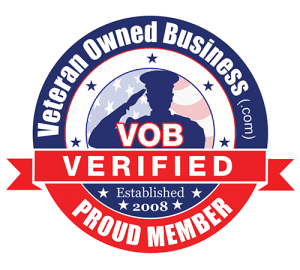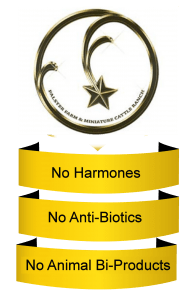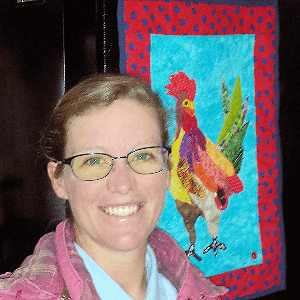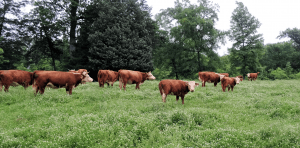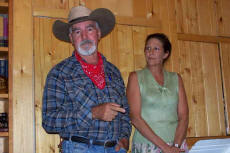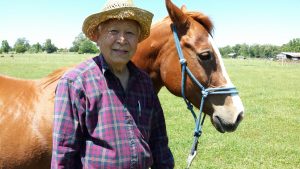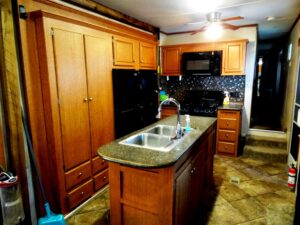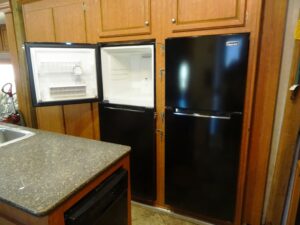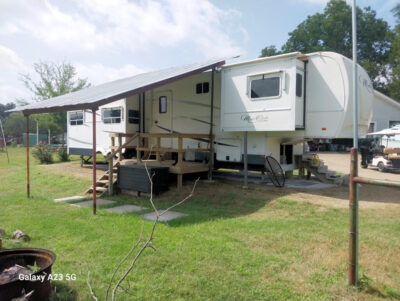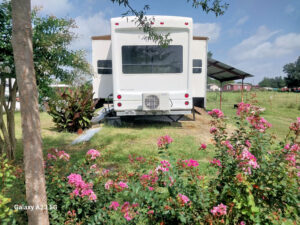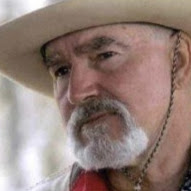Looking for high-quality mini bull semen for sale, you have landed on the right page. As per the report, “In 2023, gender-selected dairy semen was the most used at 8.4 million units, followed by beef-on-dairy (7.9 million units) and conventional dairy (7 million units)” (source).
But the real key is to find the best quality bull semen. Welcome to Falster Farm & Cattle Ranch. With a legacy of excellence in breeding, we have been a trusted name in the industry since 1998.
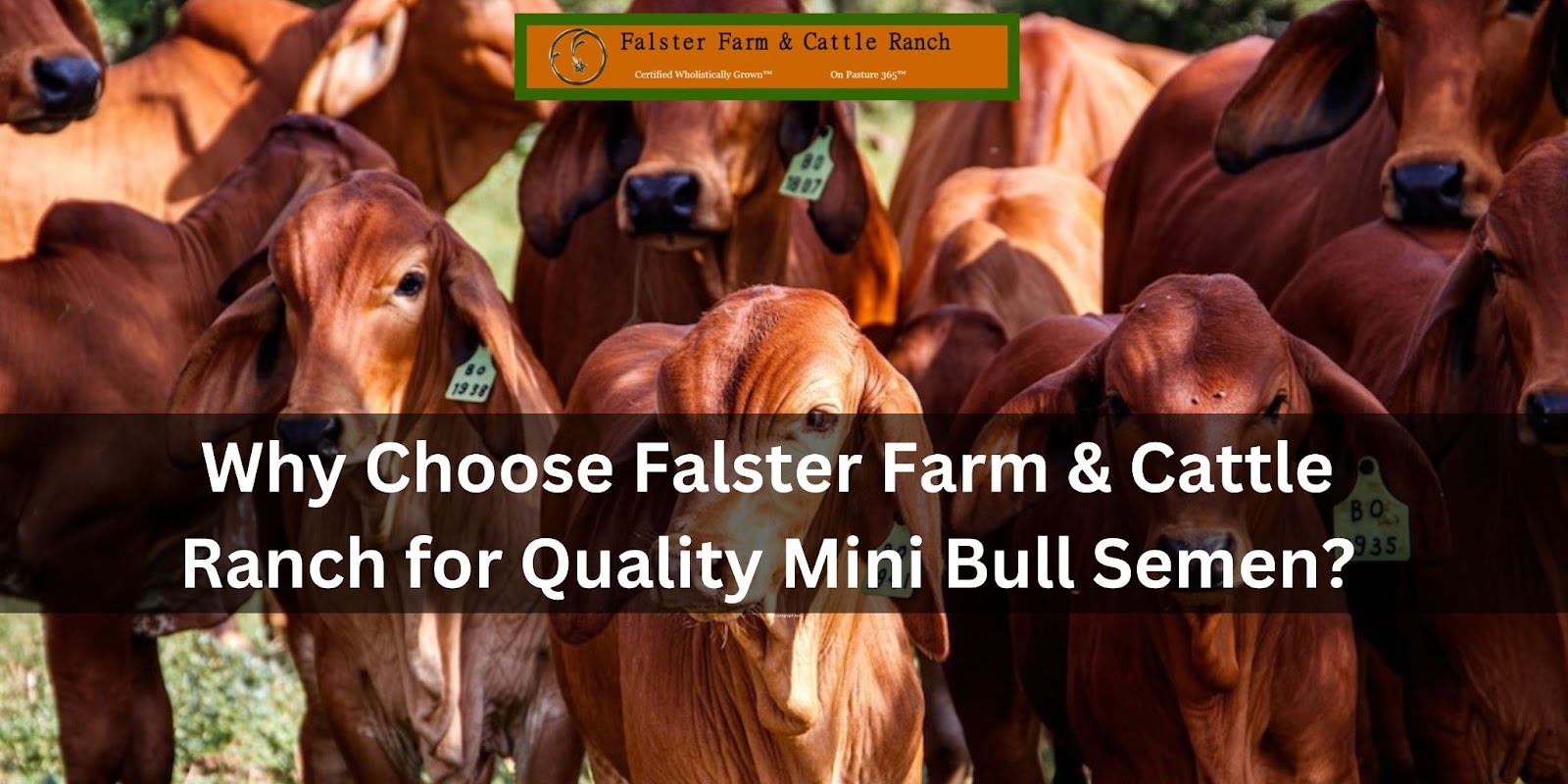
In this blog, we will discuss why you should choose our frozen bull semen for your farm.
Why to consider mini bull frozen semen
Before you start exploring why our quality certified mini bull frozen semen is the first choice of cattlemen on five continents, let’s explore some benefits of this small and efficient cattle frame score.
-
Space-Saving & Cost-Effective
Mini bulls are compact, which requires less area, lighter foot print, lower housing costs, no need for HD infrastructure; making them ideal for smaller properties (farms and ranches.)
They consume 20–30% less feed/pasturage than standard-size cattle, yet produce 15 -20% more beef, making them an economically sound choice for all farmers.
With a gentle temperament, they are easier to manage, even for beginners.
They reach maturity more quickly than standard breeds, allowing for faster production cycles.
-
Ideal for Beef Production
Bred specifically for quality beef, they are a brilliant investment for meat production.
-
Perfect for 4-H & FFA Projects
Their small size, easy handling, and efficiency make them excellent for youth agricultural programs.
Why Falster Farm & Cattle Ranch Emphasizes on Right Bull Semen Matters
Finding the right bull semen for sale is crucial for improving your herd’s genetics, productivity, and profitability.
So if you wish to expand your herd or refine its genetic makeup, you need to be very careful and strategic while planning for purchase.
Why Semen Quality Matters in Cattle Breeding
The quality of bull semen directly affects fertility rates and the success of breeding programs. High-quality semen increases the chances of conception and results in healthy, strong offspring. Poor semen quality, on the other hand, can lead to unsuccessful breeding attempts, wasted time, and financial losses.
This is where artificial insemination has become popular. As per the report, “Artificial insemination (AI) was introduced in Botswana in 1966 to help smallholder farmers enhance herd quality by accessing superior bulls for crossbreeding.”(source)
How to Ensure Quality Bull Semen
When choosing bull semen for sale, you need to consider several critical factors to ensure you are selecting the best option for your cattle farm. Here is how:
1. Physical Characteristics
- Volume: The amount of semen collected during ejaculation usually ranges from 5 to 15 mL.
- Color & Odor: High-quality semen should be creamy white to slightly yellowish with a characteristic odor.
- pH Levels: The semen’s pH should be between 6.5 and 7.5 for optimal fertility.
- Viscosity: Semen should have the right consistency to allow for proper movement of sperm cells.
2. Sperm Concentration
Sperm concentration determines the number of viable sperm cells available for fertilization. AI doses generally contain at least 20 million sperm per straw to ensure successful conception. (source)
3. Sperm Motility
- Initial Motility: You must check the percentage of moving sperm immediately after collection.
- Progressive Motility: This measures the percentage of sperm that move in a straight direction.
A minimum of 60% motility is ideal for effective breeding.
4. Sperm Morphology
Morphology refers to the shape and structure of sperm cells. At least 70% of sperm should have a normal shape to ensure successful fertilization (source).
Factors that Affect Semen Quality
If you want to ensure the best quality bull semen for sale, understanding key factors that majorly affect the semen quality is crucial. There are several external and internal factors that can influence semen quality.
Here are some key factors to consider:
|
Bull’s Age
|
Young, healthy bulls tend to produce higher-quality semen.
|
| Nutrition |
A proper diet rich in essential vitamins and minerals supports reproductive health.
|
|
Health Condition
|
Regular vet check-ups help detect and prevent reproductive issues.
|
| Environmental Conditions |
Extreme temperatures, stress, and poor living conditions can reduce semen quality.
|
Falster Farm & Cattle Ranch : A Legacy of Excellence in Cattle Breeding
Now that you have understood the benefits of mini bull in your cattle farming business, let’s explore where Falster Farm & Cattle Ranch stands apart when it comes to choosing quality bull semen for sale.
At Falster Farm & Cattle Ranch, we take immense pride in our commitment to breeding cattle with balanced and functional traits. We are one of America’s leading breeders of registered Mini Hereford cattle, with satisfied customers spanning five continents, including partnerships with institutions like the University of the Philippines.
Our mid-size registered Red Angus and Mini Hereford cattle are perfect for farms of all sizes, whether you are looking for property tax exemptions through agricultural use or simply want a hobby that pays for itself.
Our cattle are known for their easy fleshing on grass alone, unassisted calving ease, docile nature, and superior meat quality. These qualities ensure that when you purchase our mini bull semen, you’re investing in proven genetics that can elevate your herd’s overall health and productivity.
Why Choose Falster Farm Mini Bull Semen?
If you’re searching for mini bull semen for sale, Falster Farm provides premium options that set your herd apart. Here’s why breeders worldwide trust us:
1. Proven Genetics for Superior Herd Improvement
Our mini bull semen is sourced from proven sires with exceptional lineage, offering you the best in fertility, structural soundness, and desirable traits. These bulls have been carefully selected for their:
- Muscle expression and carcass weight
- Pigmentation and eye appeal
- Calving ease and docility
- Grass-fed efficiency and sound economics
2. Certified A2A2 Dairy Genetics
In 2007, we started a mission to establish a herd of A2A2 dairy cattle, successfully breeding Mini Rabbit Eye Jerseys and French Normandes known for their nutrient-dense milk.
If you’re looking for dairy genetics that contribute to a healthier, more sustainable farm, our A2A2-certified frozen semen is an excellent investment.
3. USDA Export-Quality Frozen Semen
Another great reason why thousands of cattle farmers choose our frozen bull semen for sale is our highest standards for frozen semen storage and shipment process.
Our USDA export-quality semen is available for domestic and international shipping, making it accessible to breeders worldwide. Whether you’re in the U.S. or across the globe, we make it easy to improve your herd with superior mini bull semen.
4. Easy Ordering & Secure Payment Options
At Falster Farm & Cattle Ranch, we make it simple and secure to purchase mini bull semen for sale. Below each mini-bull’s profile, you’ll find a PayPal Buy Now button for seamless checkout. We accept multiple payment methods, including credit cards, PayPal, gold, silver, Bitcoin, or personal checks.
Final Thoughts: Invest in the Best Mini Bull Semen Today
At Falster Farm & Cattle Ranch, our mission is to provide breeders with access to top-tier mini bull genetics that enhance herd performance, ensure calving ease, and produce nutrient-dense beef and dairy.
Whether you’re looking for Mini Hereford, Mini Jersey, or Mid-Size Red Angus genetics, we offer export-quality frozen bull semen for sale from some of the best sires in the industry.
Don’t settle for average; choose Falster Farm & Cattle Ranch and give your herd the advantage it deserves. Order your mini bull semen today and experience the Falster Farm difference!

